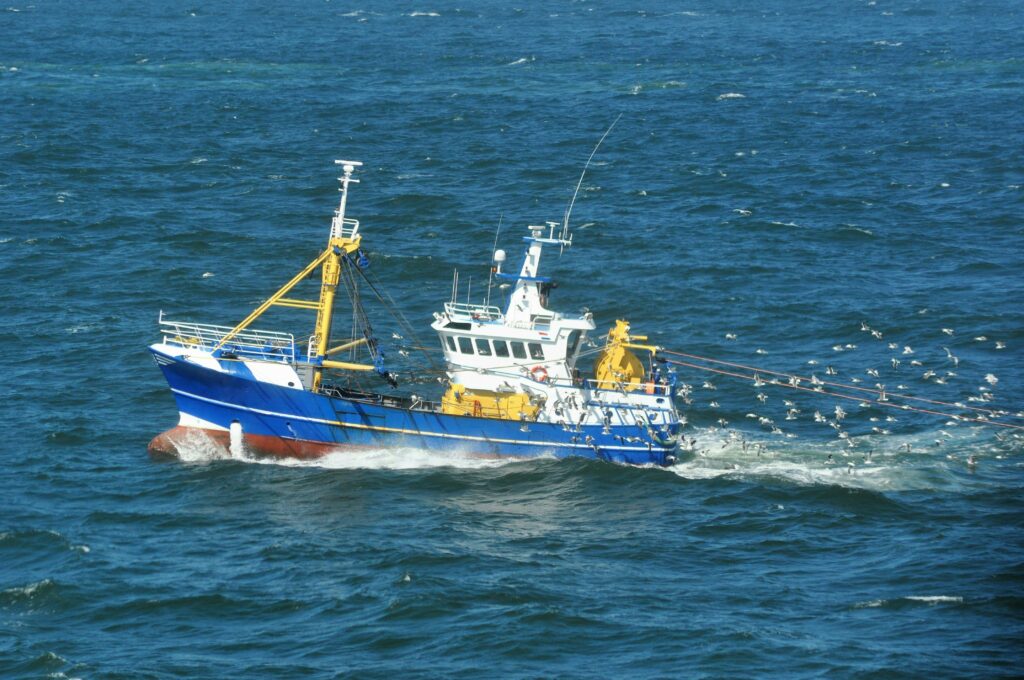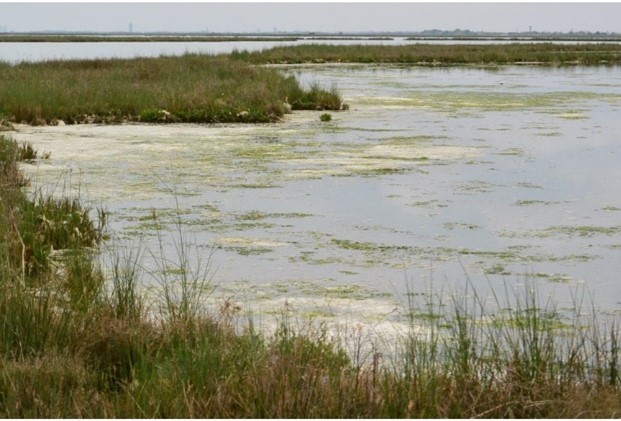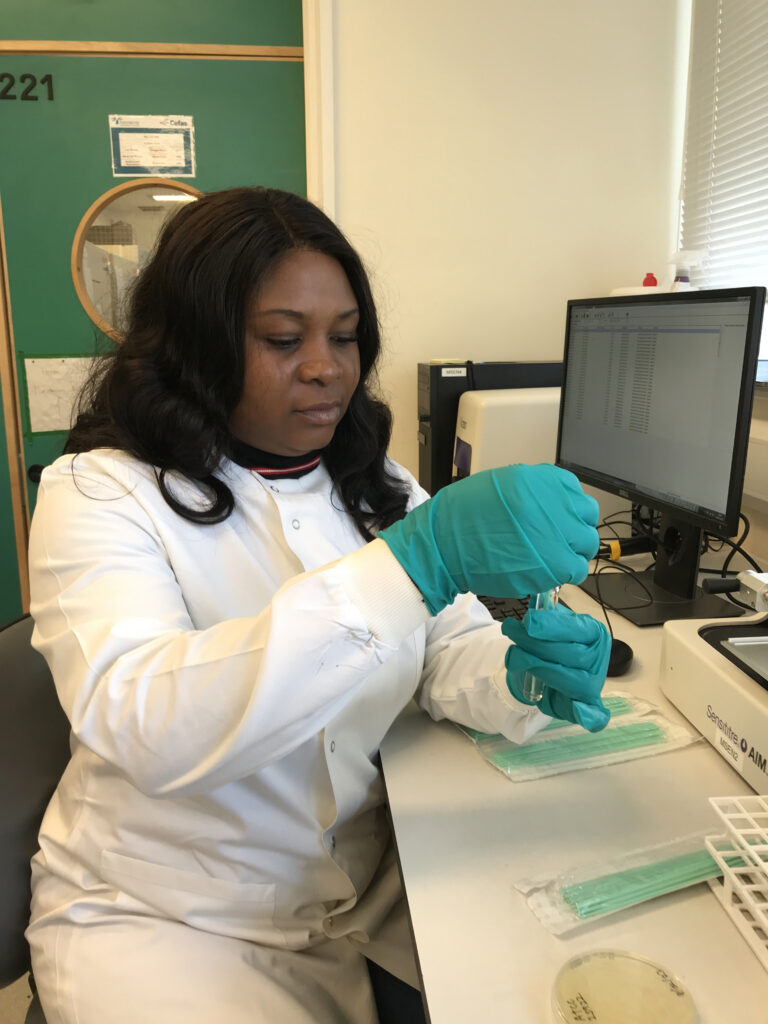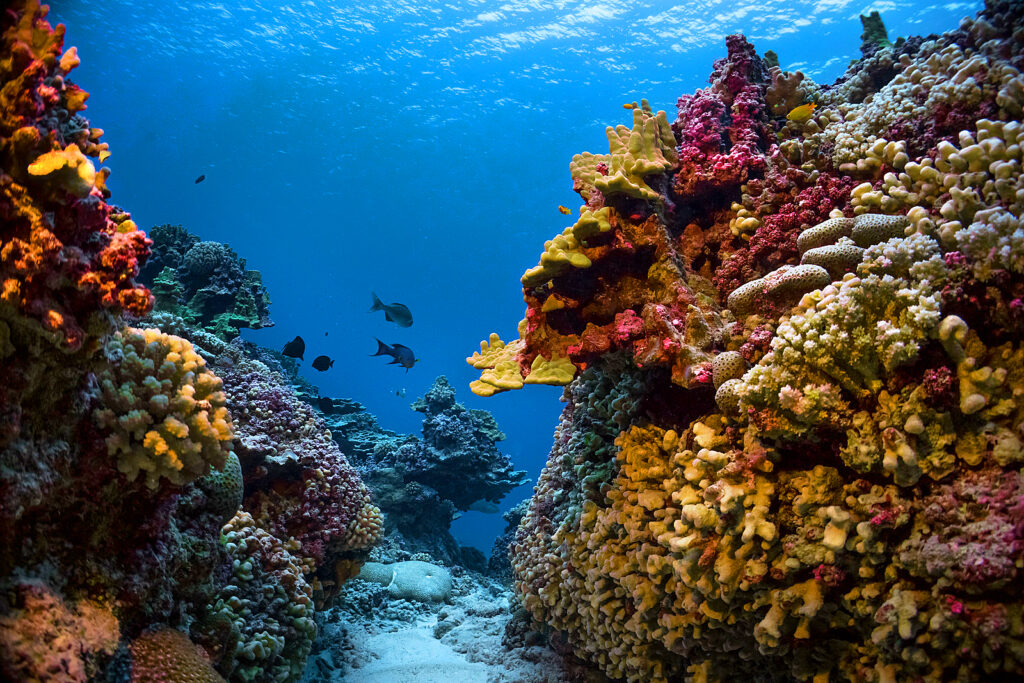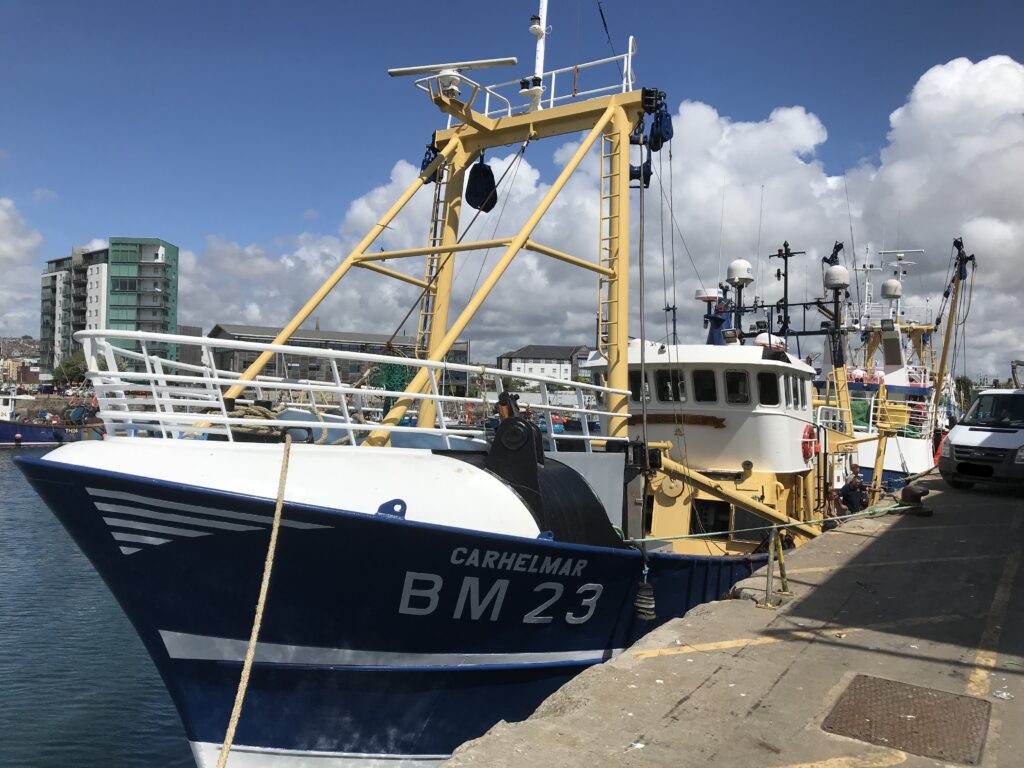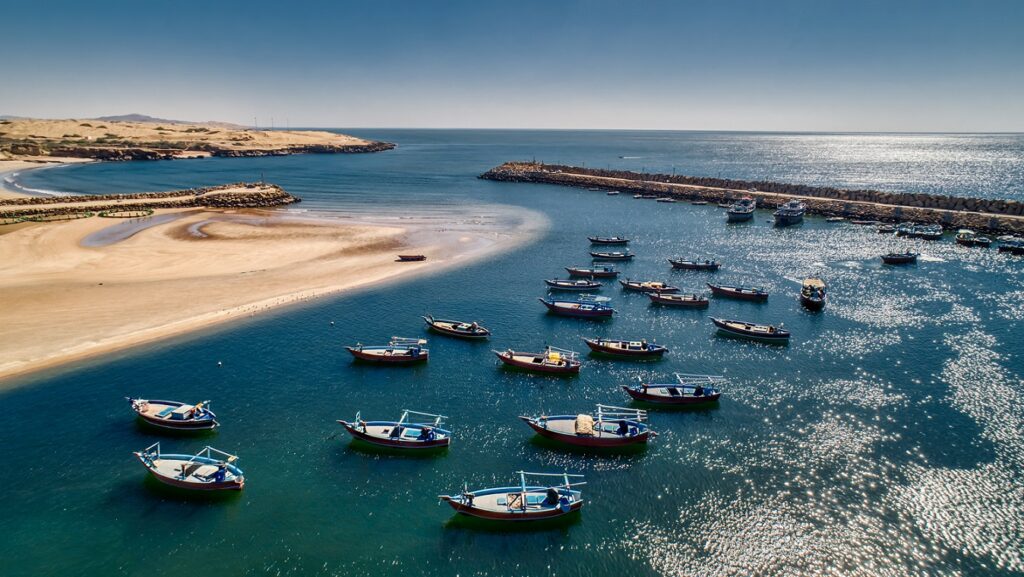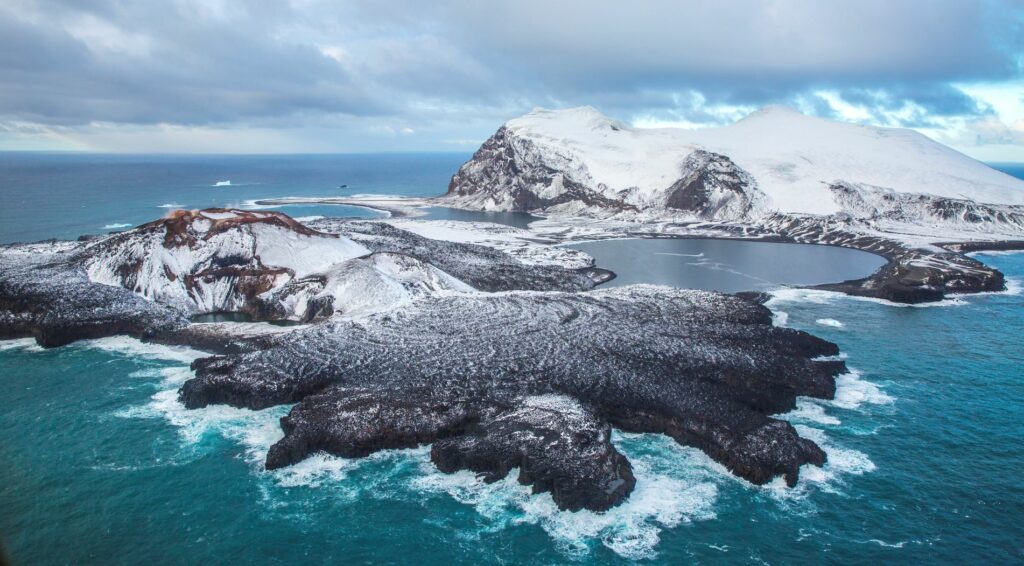Science
How can UK fisheries achieve Net Zero by 2050? With the Fifth Symposium on the Effects of Climate Change on the World’s Oceans (ECCWO5) underway this week in Norway, Cefas Scientist, Georg Engelhard tells us about his new report looking …
Coastal areas of the Channel Manche region (between England and France) have an excess level of nutrients (such as nitrogen) from river run-off and urban discharges, which causes excessive growth of green algal mats. Seaweeds will begin to build up …
The High Seas are areas of the ocean beyond any country's territorial control and make up almost two thirds of the world’s oceans. These areas are at a greater risk of exploitation as countries are able to move, fish and …
Cefas is marking International Women’s Day by inviting our female colleagues that we work with overseas on some of our international projects, to share their science and how we work together. We aim to celebrate the amazing work that is …
Scientists love a bit of data, but it’s not just dry numbers and graphs. To celebrate International Open Data Day on March 5th, Cefas scientists, Michelle Devlin, Chris Read, Naomi Greenwood and Paul Nelson tell us about their work under …
The UK overseas territory of the Pitcairn Islands is one of the most remote in the world. Spanning the four small islands of Pitcairn, Oeno, Henderson, and Ducie, they form part of a remote volcanic outcrop in the Southern …
It's World Fisheries Day! As world leaders in marine and aquatic science with 120 years of fisheries expertise, Cefas will be highlighting the importance of healthy ocean ecosystems and sustainable fisheries stocks across our social media channels. To celebrate, we …
As world leaders meet at the United Nations Framework Convention on Climate Change (UNFCCC) 27th Conference of Parties (COP27) in Egypt this week, Cefas Middle East Programme Director Will Le Quesne discusses the challenge of climate change facing the world’s …
Shaped by ice and fire, the volcanic South Sandwich Islands are a remote sub-Antarctic archipelago that have remained largely uninhabited since their discovery by polar explorers in the 18th century. In winter, sea ice extends northwards across the two hundred …
SMARTFISH H2020 is an international research project which aims to develop, test, and promote a suite of high-tech systems for the EU fishing sector. The goal is to optimise resource efficiency, improve automatic data collection for fish stock assessment, provide …
